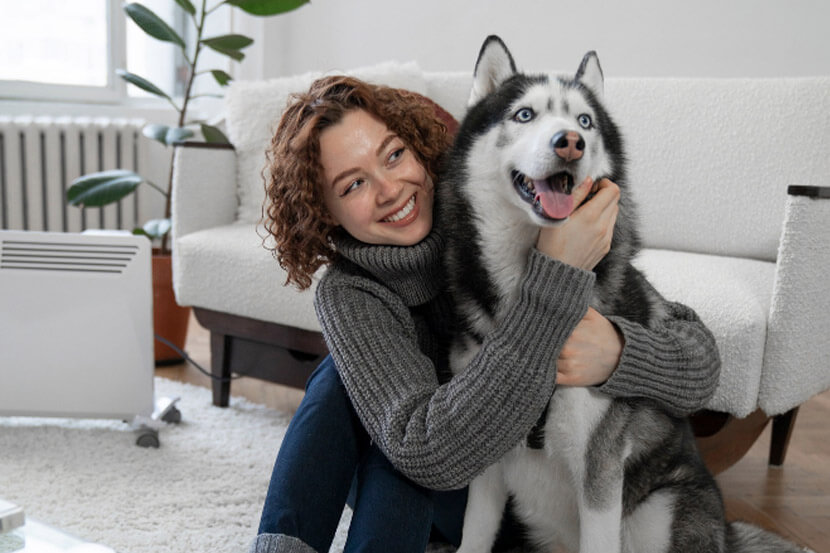
There’s a Stranger in my House
How do I introduce a new pet into the home?
Bringing home a new family member can be incredibly exciting! However, for the new pet, and for any pets already in the home, it can be an incredibly stressful time. Three important considerations for this process are:
- Give it time. Even though your pets may not appear stressed, it will take weeks to months for them to settle into a new routine. Be patient.
- Have realistic expectations. Just as with humans, not all animals will get along.
- Remain calm and reward good behavior. Do not hit, yell, or yank the dog around if they become too excited or respond inappropriately.
The initial step for all introductions is to keep the animals separated initially. This may look like alternating which dog is out of the crate or in the backyard; or keeping 2 cats in separate rooms with a connecting door. Once the animals have become accustomed to each other’s sounds and smells, you can move on to the next step. Depending on what species are interacting, this next step can look different.
Introducing a new dog:
- Make sure both dogs have had some exercise prior to introduction. The calmer the dog, the smoother the introduction will go.
- Keep both dogs leashed and introduce them by slowly walking close to each other. A great trick is to walk the dogs side by side. This keeps their minds occupied with the walk and prevents them from becoming too fixated on the new pet.
- Feed dogs separately. Always. The distance that defines “separately” may be a few feet apart or it may be feeding in kennels in completely different rooms. Starting with more space and slowly decreasing the distance is recommended.
- Always separate pets when no one is home. Regardless of how well the dogs get along when humans are around or how long they have lived together, dogs should be kept in separate rooms or kennels if not supervised.
When the new dog is a puppy:
- Puppies don’t always respond properly in social settings as they are still learning boundaries.
- Monitor your animals closely and intervene if needed. This usually looks like removing the puppy if he is following or harassing other animals.
- Make sure to give pets plenty of time apart from the puppy.
- A great trick is giving your pets treats when the puppy is around so they create positive associations to the new puppy.
Introduction a new cat:
- When introducing a dog to a cat, make sure the dog has had some time to get their energy out before the introduction.
- Remain calm, keep the dog leashed at all times, and offer distractions and treats during the introduction.
- Make sure the cat always has a dog-free space
- When introducing 2 cats, keep the interaction brief, provide positive reinforcement, distractions and rewards in the form of treats and toys, and always supervise.
Introduction to prey animals (i.e. birds, rabbits, guinea pigs, etc)
- Let’s revisit the second consideration listed above: Have realistic expectations. Some dogs and cats CANNOT overcome their prey drive. This is not due to a lack of will-power or lack of intelligence. This is their instinct and sometimes cannot be overridden.
- Close supervision is necessary at all times. When not supervised, the animals must be separated.
- Reward good behavior. The goal is for a dog or cat to ignore the prey animal. If they are more interested in treats and seeking your attention, reward them.
